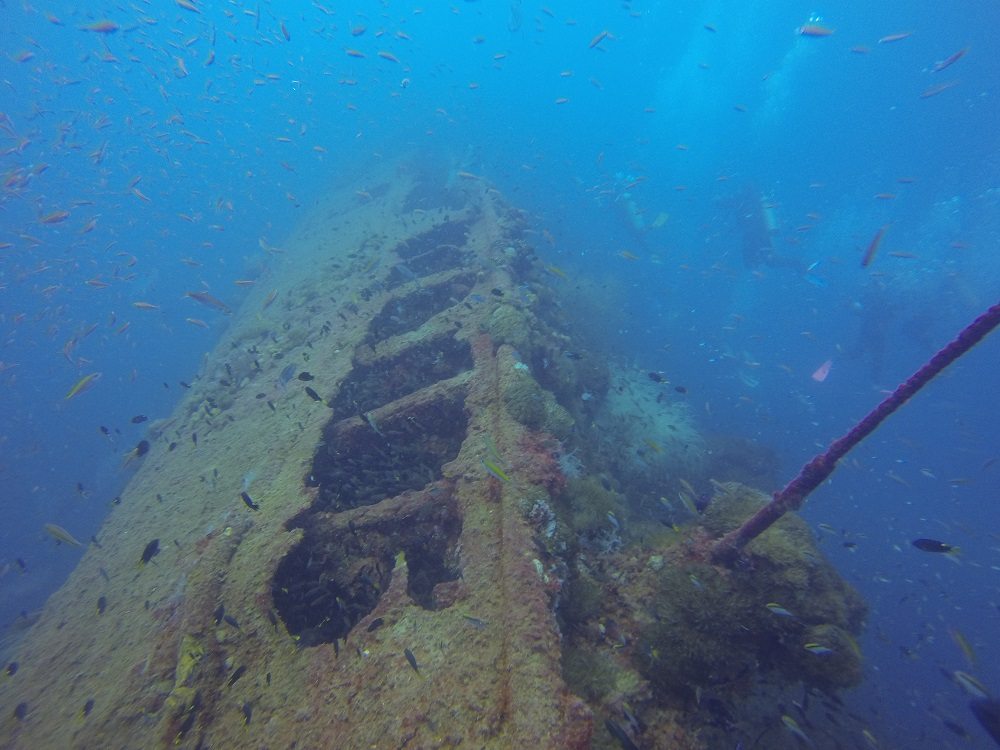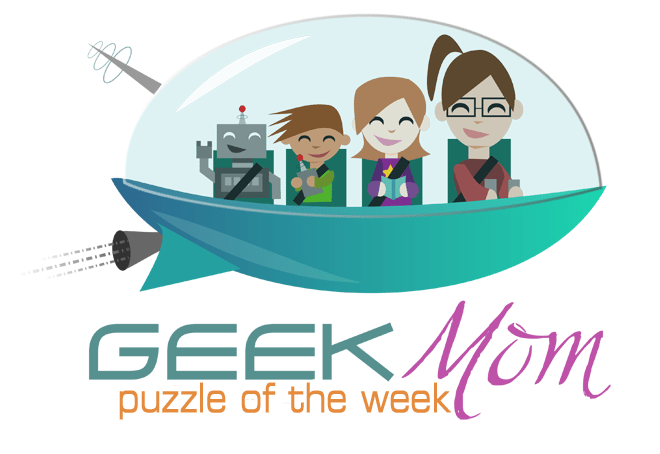
Part I – Thought About a Junior Scuba Diving Course?
Now is the perfect time for you to sign up your geeky junior mariner for a scuba diving course. In the Northern Hemisphere, the months are warming up and the summer holidays are positively aching for your grandest ideas. Down south, the weather is a tad chilly but we still have plenty of places to train and (if I must say so myself) even more enticement to bring you into the water, *cough, cough* the Great Barrier Reef.
Not so sure about your kid? Let me introduce you to my eldest spawnling, Sinister. Around the age of three, Sinister was already in love with anything to do with the sea. At age five, he had chosen the Lemon Shark as his favorite “because it’s the fastest.” For his seventh birthday, EG Dad took him whale watching just outside Sydney Harbour. When we holidayed in New Zealand after his ninth birthday, Sinister was just old enough to swim with dolphins in Kaikoura. So I would have to be a clueless git to not see how much he wants to be a marine biologist.
Do you have a kid who sounds like this? This is exactly the kind of adventure you should sign them up for. Even if you are land-locked all the way out in Nebraska. Trust me. There’s a dive school near you.
Before you sign-up, do a little research beforehand—we have the pointers here for you. Once you finish here, head over to Part II (coming soon!) and read about my eldest spawnling’s experience. Then you’ll know if you’re ready to sink down into this addictive activity.
Where Do We Even Start?
There are a few certification groups accepted around the world for training and registration: the two most well-known are PADI (Professional Association of Diving Instructions) and SDI (Scuba Diving International). To be perfectly honest, the only thing you must check is if your course meets the World Recreational Scuba Training Council (WRSTC) Standard, and ISO Standard 24801-2.
The difference between each of the agencies may be in the additional skills or optional extras, but they all must complete a set standard of skills to gain the qualification. It is this qualification that allows you to go diving in the Bahamas, or the Great Barrier Reef, or wherever else you decide to wet your fins.
At What Age Can I Throw My Kid in the Water?
Well, my youngest spawnling was born in the water and hasn’t stopped swimming since (damn water-baby), but I know that’s not what you’re really asking. There are a few minor training courses to give kids a taste, like the PADI Bubblemaker course (starting at eight years old) but that is definitely a taste only.
If you are looking for the open-water full immersion experience, then you should head straight to the Junior Open Water Diver Course. That starts at 10 years of age. And you need to be able to swim before that: 200 meters non-stop using any stroke without the use of mask, snorkel, or any swimming aids, OR 300 meters non-stop using mask, snorkel, and fins. Plus, they need to be able to survival swim/float for 10 minutes.
Hang a minute… How many kids’ courses are there?
It really depends on which organization you use. Sinister recently did the SDI Junior Open Water Scuba Diver course. It’s the first course offered to 10-14 year olds, allowing them to conduct dives with dive professionals or a certified scuba diver parent until the age of 15. Then he can upgrade to a SDI Open Water Scuba Diver certification. And trust me—he is already planning to.
If you go with another agency (e.g., PADI) then you have Bubblemaker and SealTeam Programs from age eight, but they are restricted to pool programs. Then you can move on to the PADI Junior Open Water Diver course at 10 years of age and progress through the various levels.
To be perfectly honest, courses are all based on the same international standard and there are few differences between them all. What matters is finding a center close to you with instructors with which you and your kids feel comfortable. In our case, we chose Remote Area Dive with SDI certification because I know the Dive Instructor/Owner, Jason. He is an excellent instructor who is patient with the kids and enjoys sharing his knowledge. It was no coincidence he is located in Townsville, Australia; right next to the Great Barrier Reef Marine Park. See? Priorities.

How Long Does the Course Take?
Well, that depends on with whom you train. Bubblemaker programs are usually a day in the pool. The Open Water courses require more training and experience.
Sinister’s SDI Open Water Scuba Diver program was an awesome four-day event:
- Day 1 – In the shop theory day, with exam afterward. Passing grade required is 80% (this can also be done online prior to the practical elements of the course).
- Day 2 – In the pool, put all the theory to practice, demonstrate to the instructor your competence. They will guide you through this to make sure your skills are on par.
- Day 3/4 – Travel to Pelorus Island, 60 minutes north of Townsville, for a “diving safari weekend” (you can read more about this in Part II).

Where Can We Dive Afterwards?
Anywhere you want! Keep in mind, all Junior Divers must dive with dive professionals or certified scuba diver parents until they reach 15 years of age. If you are the certified parent, then you can go diving wherever the currents take you.
Here are my top five suggestions:
- Saltwater diving off the Florida Keys near Key Largo is very popular and easily accessible. The water is warming up and there are plenty of dive schools in the area for you to choose from. I’ve read positive comments about the artificial reefs, attracting the marine life of all shapes and sizes. Great place to start for a budding marine biologist.
- For freshwater diving in land-locked areas, Pennsylvania’s Dutch Springs is surprisingly clear with dive schools on site. One of the only places you can find a school bus wreck! If that’s not a dream dive for students during their Summer Holidays, I don’t know what is.
- Down Under in Australia, you can still enjoy warmer waters around North Queensland, and why would you want to travel anywhere else? The Weekend Safari with Remote Area Dive is a fantastic weekend/holiday experience, with diving and snorkeling combined with the authentic Aussie camping lifestyle. They also have one of the best wreck dives in the world, the S.S. Yongala.

Photo by Remote Area Dive - If you are looking around Europe, head to Malta and the clearest azure-blue water I have ever seen. Check out the Blue Lagoon on nearby Comino, and be hypnotized by the play of light in the water. It is also an ideal nursery for aquatic animals, including octopus and barracuda. There’s also the wreck of HMS Maori in Valletta Harbour; at 16 meters, it’s easily accessible for junior open water divers.
- There are plenty of hot spots around Asia, with the most popular being Thailand. As a destination, Thailand is affordable, friendly, and downright beautiful. I know a family who travels every year to Koh Samui because the water is warm and the smaller marine life are crazy! Keep an eye out for Dragon Island (Koh Wao), an excellent place for novice divers with calm waters and mild currents.
And that’s only the top five recommendations I picked up!
No matter where you are heading, talk to the local dive school. Find an instructor you like, and a group of people to meet up with. They have the know-how and experience to guide you and your junior diver on the next big underwater adventure!




